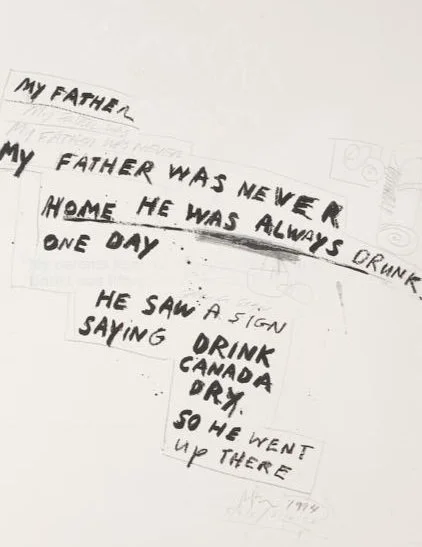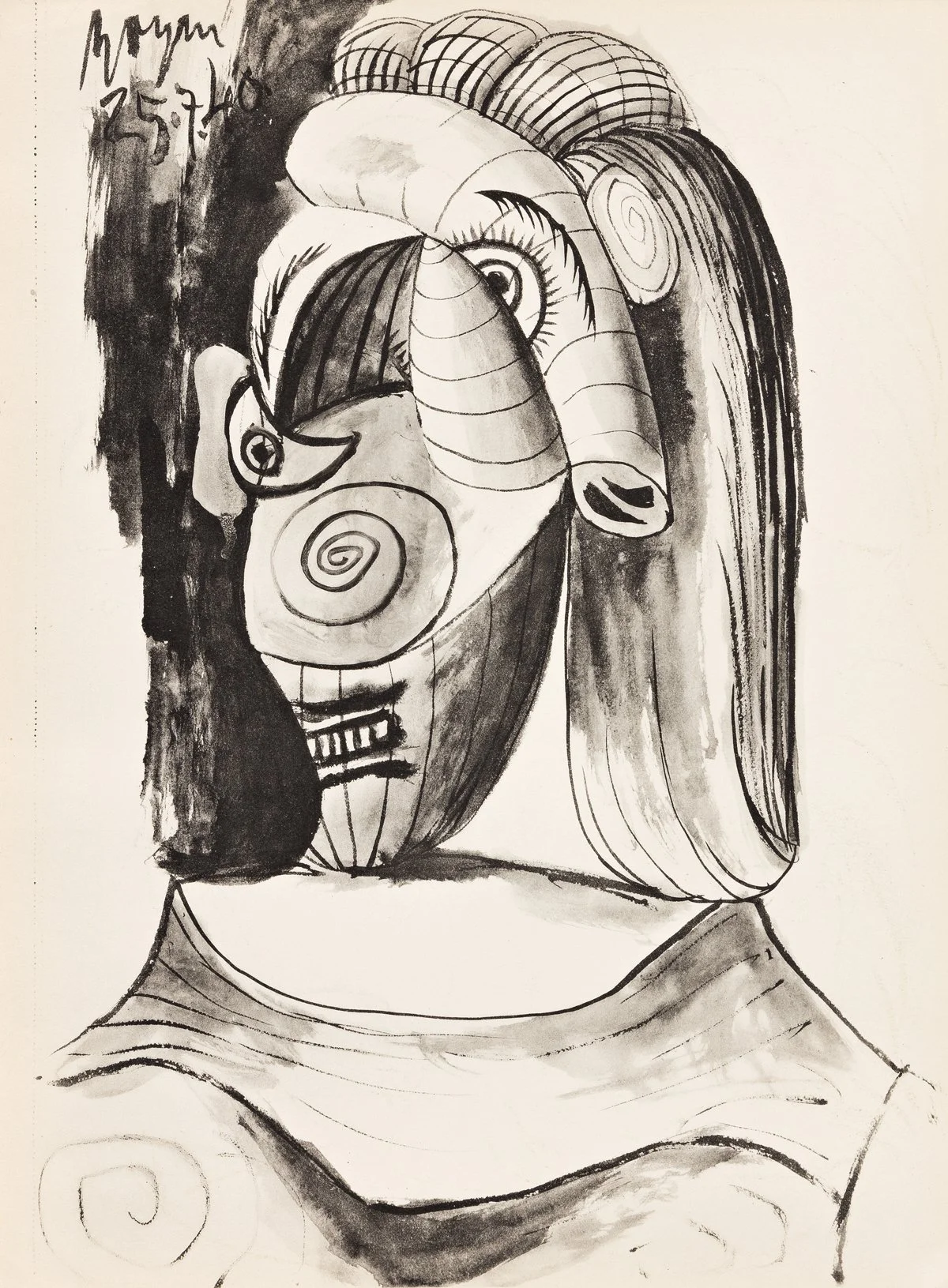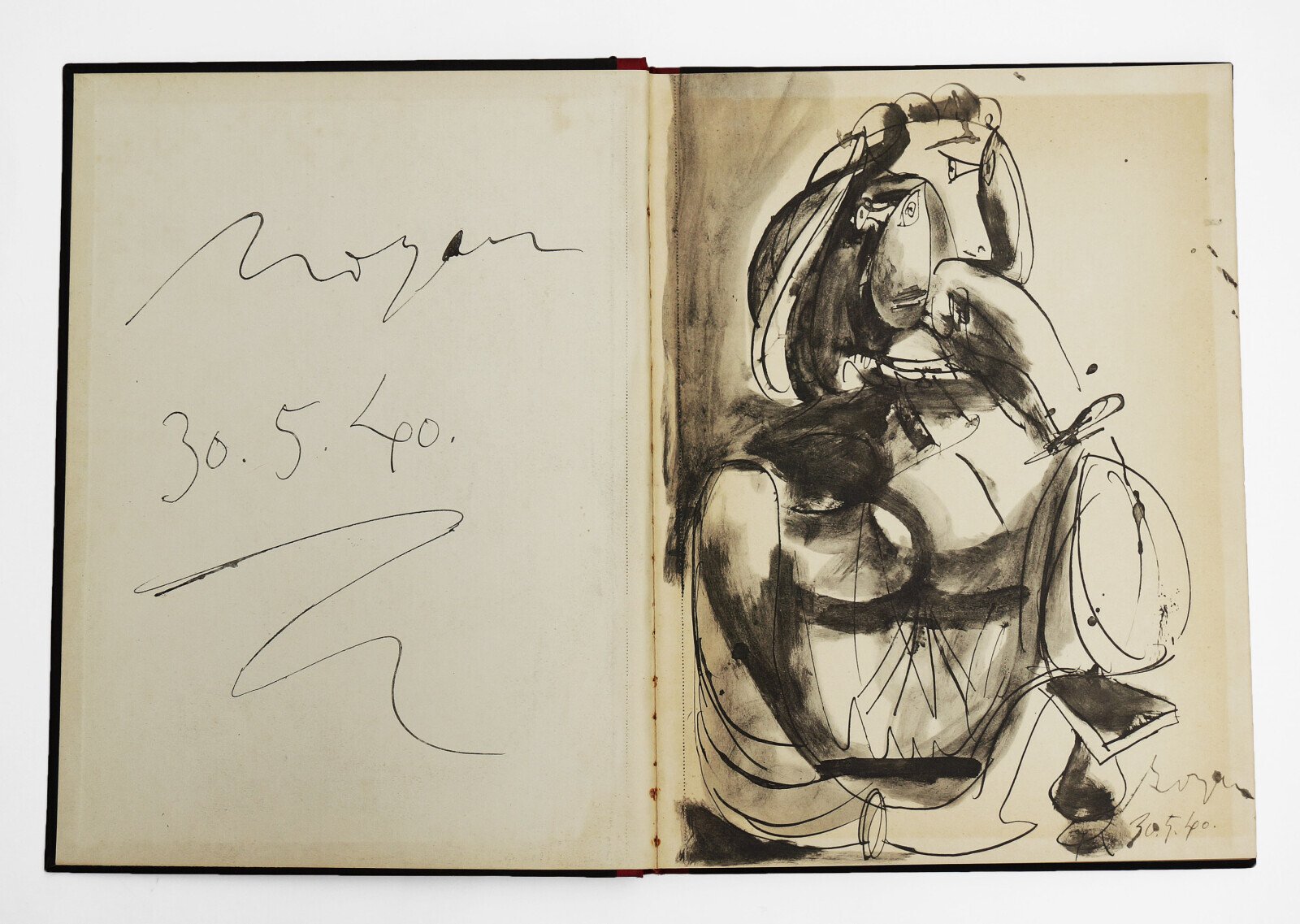








ELLSWORTH KELLY
ELLSWORTH KELLY
ELLSWORTH KELLY
Ellsworth Kelly’s innovations of the late 1940s and early 1950s helped reshape abstract art for decades. His development of the monochrome and the multi-panel painting, his devotion to integral forms, and his use of chance and seriality would prove central to painting’s break with expressionism in the 1960s. But his approach to abstraction was also utterly unique, grounded in particulars rather than universals. His use of found compositions — the fold of a cigarette packet or the contour of a grape leaf — opened a new horizon of possibilities: “Everywhere I looked, everything I saw became something to be made, and it had to be made exactly as it was, with nothing added.”
Over the course of a seven-decade career, Kelly translated these found compositions into paintings, sculptures, drawings, prints, and photographs whose visual power transcended movements. The consistency of his artistic vision ensured that each work was immediately recognizable as his own, even when he experimented with new forms and materials.
Using the same rigor with which he translated his observations of the world (art historian Richard Shiff has called them “fragments of visual experience”), Kelly often returned to his earlier works and sketches. The immediacy of his sensory intuition, combined with his diligent translation of it, enabled him to keep making innovative work throughout his long career. As John Coplans explained in 1969, “since Kelly rarely abandons an idea — his system is incredibly open — he will permit a nascent or embryonic idea to mature without urgency.” This slow gestation helps explain one of contemporary art’s most consistently surprising bodies of work.
Untitled from The New York Collection for Stockholm portfolio, 1973

Andy Warhol
PHOTOGRAPHS
Andy Warhol
PHOTOGRAPHS
ANDY WARHOL
Andy Warhol was a relentless chronicler of life and its encounters. Carrying a Polaroid camera from the late 1950s until his death in 1987, he amassed a huge collection of instant pictures of friends, lovers, patrons, the famous, the obscure, the scenic, the fashionable, and himself. Created in collaboration with the Andy Warhol Foundation, this book features hundreds of these instant photos.
Portraits of celebrities such as Mick Jagger, Alfred Hitchcock, Jack Nicholson, Yves Saint Laurent, Pele, Debbie Harry are included alongside images of Warhol's entourage and high life, landscapes, and still lifes from Cabbage Patch dolls to the iconic soup cans. Often raw and impromptu, the Polaroids document Warhol's era like Instagram captures our own, offering a unique record of the life, world, and vision behind the Pop Art maestro and modernist giant.

MAN RAY
MAN RAY
MAN RAY
Over the course of his storied career, Man Ray created work spanning a variety of mediums: painting, photography, sculpture, printmaking, film, poetry, and prose. His work aligned variously with Cubism, Futurism, Dada, and Surrealism—all the while retaining its own distinct style. Man Ray is most noted for his profound body of photographic works, which encompass fashion, portraiture, and technical experimentation such as solarization and the widely celebrated photograms or “rayographs”: the artist created these compelling images without a camera, arranging found objects onto sheets of photosensitive paper and exposing them to light. The rayographs wavered between representation and concept, epitomizing the indeterminate forces that have come to define his vast oeuvre. Alluding to relationships between the real and the fictive, Man Ray commanded a deft mastery over the liminal territory between the abstract and figurative form.
Man Ray was born in 1890 in Philadelphia, and died in 1976 in Paris. His work is held in the collections of the J. Paul Getty Museum, Los Angeles; Metropolitan Museum of Art, New York; Museum of Modern Art, New York; Solomon R. Guggenheim Museum, New York; Hirshhorn Museum and Sculpture Garden, Washington, DC; Centre Pompidou, Paris; and Israel Museum, Jerusalem, among others. Recent solo exhibitions include Alias Man Ray: The Art of Reinvention, Jewish Museum, New York (2009–10); Man Ray Portraits, National Portrait Gallery, London (2013); and Man Ray—Human Equations, Phillips Collection, Washington, DC (2015).

ANDREAS ERIKSSON
ANDREAS ERIKSSON
ANDREAS ERIKSSON
Hovering between abstraction and figuration, Andreas Eriksson’s meditative works can be interpreted as patchwork topographies or details of organic forms such as trees, earth and rock formations.
Andreas Eriksson was born in 1975 in Björsäter, Sweden. He lives and works in Lidköping, Sweden.
Eriksson’s artistic practice encompasses a wide range of media including painting, photography, sculpture, tapestry and installation. Rendered in earthy and botanical hues, his works are understated yet possess a poetic quality which has a lasting effect on the viewer.
The emotional intensity of Eriksson’s work is the result of a sustained exploration of his response to the natural world. Since 2000 the artist has lived in a house situated in a forest on the edge of a lake. Small events and phenomena from his everyday life and the surrounding landscape give his formal and conceptual decision-making process a firm context.
A major solo exhibiton of Eriksson’s work opened at Lillehammer Kunstmuseum in 2024, accompanied by a catalogue. A significant monograph on the artist’s practice was also released by Sveriges Allmänna Konstförening in December 2021, alongside an exhibition at Galleri Flach, Stockholm. Eriksson had a major solo presentation at Skissernas Museum, Lund in June 2021 and an exhibition of watercolours, drawings and tapestries at Nordic Watercolour Museum, Tjörn in September 2020. Eriksson was commissioned to create a public painting for the main entrance of New Karolinska Hospital in Stockholm in 2017. His work was exhibited at the 30th São Paulo Biennial, São Paulo (2012) and The Nordic Pavilion, 54th Venice Biennale in 2011.

Richard Prince
Richard Prince
RICHARD PRINCE
One of the most influential US artists from the 1980s onwards and a central figure of American ‘The Pictures Generation’, Richard Prince (b. 1949) often uses banal images from our entertainment and consumption culture, which he twists and transforms in a way where the ordinary is "uplifted" into something both strange and seductive.
In art historical terms Prince belongs to the Pictures Generation, known for appropriating – that is, ‘stealing’ – existing images. In so doing, Prince undermines the idea that an artist will always have something recognisable about them, a style that binds their different groups of works together. Prince is an ambiguous figure and his style is subject to variation. In isolation this sometimes aids the impression that his works are inaccessible – that they float around without a creator. Nevertheless, all of Prince’s work revolves around identity, thus turning his visual world into a portrait of the late twentieth-century.
In his work, Prince highlights the marginal and banal aspects of society: jokes, photographs, advertisements, idol worship and other forms of "everyday cult". He manages to identify and sample visual codes and finely tune them so that they become seductive and strange despite their banality.

Raymond Pettibon
Raymond Pettibon
RAYMOND PETTIBON
“All this must be either surfed or painted”: This is the underlying sentiment behind Raymond Pettibon’s iconic works of surfers and waves.
Pettibon is known for his characteristically enigmatic aesthetic and sharply satirical critiques of American culture. Though drenched in cynicism, his work empathizes with the dizzying madness of our own humanity as it engages both so-called high and low culture. Perhaps most poetic among the many motifs present in Pettibon’s oeuvre is the surfer. In 1985, Pettibon began his series of surfers and waves––which he continues to work on to this day––popular for depicting a lone surfer silently carving “a line of beauty” along an impossibly large wave.

Nicolas Party
Nicolas Party
NICOLAS PARTY
Born in Lausanne in 1980, Party is a figurative painter who has achieved critical admiration for his familiar yet unsettling landscapes, portraits, and still lifes that simultaneously celebrate and challenge conventions of representational painting. His works are primarily created in soft pastel, an idiosyncratic choice of medium in the 21st-century, and one that allows for exceptional degrees of intensity and fluidity in his depictions of objects both natural and manmade. Transforming these objects into abstracted, biomorphic shapes, Party suggests deeper connections and meanings. His unique visual language has coalesced in a universe of fantastical characters and motifs where perspective is heightened and skewed to uncanny effect.In addition to paintings, Party creates public murals, pietra dura, ceramics, installation works, and sculptures, including painted busts and body parts that allude to the famous fragments of ancient Greece and Rome. His brightly-colored androgynous figures vary in scale from the handheld to the monumental, and are displayed on tromp l’oeil marble plinths of differing heights that upend conventional perspective. Party’s early interest in graffiti and murals—his projects in this arena have included major commissions for the Dallas Museum of Art and the Hammer Museum in Los Angeles—has led to a particular approach to the installation and presentation of his work. He routinely deploys color and makes architectural interventions in exhibition spaces in order to construct enveloping experiences for the viewer.


















